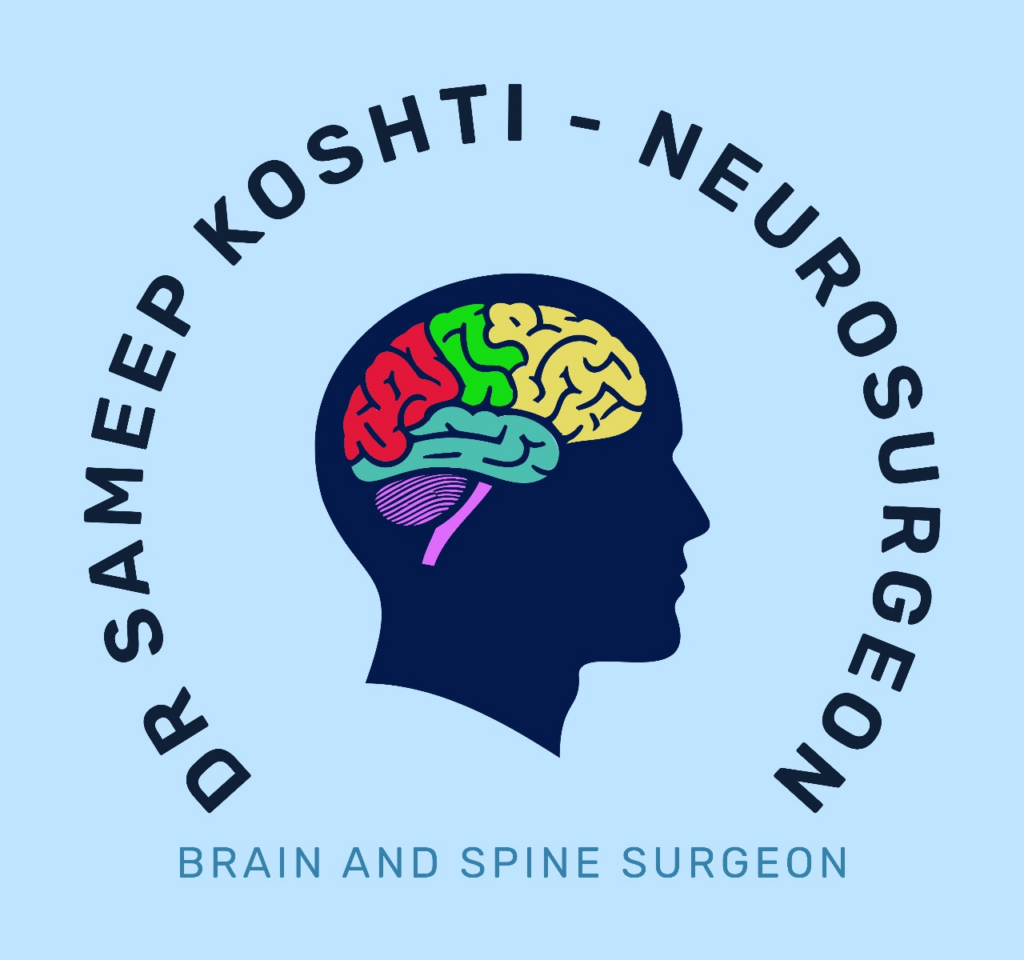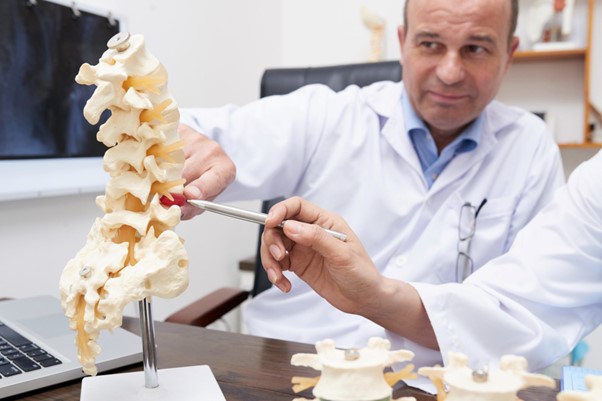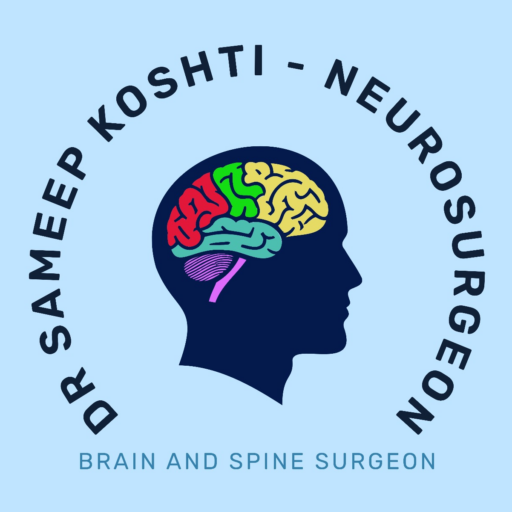What Are Vertebral Compression Fractures?
Vertebral compression fractures happen when a bone in your spine breaks or collapses. These fractures often affect older adults, especially those with weak bones. In many cases, osteoporosis, a condition that makes bones thin and brittle, is the main cause. Because vertebral compression fractures can lead to pain and other problems, it is important to know the signs and seek help early. According to the World Health Organization, millions of people worldwide suffer from spine fractures each year. Early care can improve recovery and reduce future risks.
Common Symptoms
Many people with vertebral compression fractures notice pain in their back. However, symptoms can vary. Sometimes, the pain starts suddenly after a minor fall or even while lifting something light. In other cases, pain develops slowly over time. Here are some common vertebral compression fracture symptoms:Sudden, sharp back painPain that gets worse when standing or walkingPain relief when lying downLoss of height over timeCurved or hunched back (kyphosis)Limited movement or stiffness in the back
Sometimes, people may not feel much pain at first. But over time, untreated fractures can cause more problems.
Causes and Risk Factors
Most vertebral compression fractures are due to osteoporosis-related spine fractures. Osteoporosis weakens bones, making them more likely to break. However, other causes exist. For example, a hard fall, car accident, or injury can also cause these fractures. In rare cases, cancer or infection weakens the spine and leads to fractures. Here are some risk factors:Older ageHistory of osteoporosisPrevious spine fracturesUse of certain medicines like steroidsSmoking or heavy alcohol useLow body weightFamily history of weak bones
Because these risk factors add up, it is important to talk to your doctor if you are at risk.
Diagnosis Methods
Doctors use several ways to find out if you have a vertebral compression fracture. First, they ask about your symptoms and medical history. Next, they do a physical exam to check your back. If a fracture is suspected, your doctor may order tests. Common diagnosis methods include:X-rays: Show broken or collapsed bones in the spineMRI scans: Give detailed images and show if nerves are affectedCT scans: Provide a closer look at the bonesBone density tests: Check for osteoporosis
Early diagnosis helps guide the best spinal fracture treatment and prevents more damage.
Treatment Options
Treatment for vertebral compression fractures depends on the cause and severity. In many cases, doctors start with simple steps to manage pain and help healing. Here are common treatment options:Rest: Short periods of rest can ease painPain medicine: Over-the-counter or prescription drugs may helpBack braces: Support the spine and reduce movementPhysical therapy: Gentle exercises improve strength and flexibilityBone-strengthening medicine: Treats osteoporosis and prevents future fracturesMinimally invasive surgery: Procedures like vertebroplasty or kyphoplasty may be needed if pain is severe or bones do not heal
Because each person is different, your doctor will suggest the best spinal fracture treatment for you.
Prevention Tips
Preventing vertebral compression fractures is possible, especially if you know your risks. Here are some tips on how to prevent vertebral fractures:Eat foods rich in calcium and vitamin DExercise regularly, focusing on strength and balanceAvoid smoking and limit alcoholGet bone density tests if you are at riskTake medicines for osteoporosis if your doctor recommends themMake your home safe to prevent falls
Because prevention is easier than treatment, start these habits early.
Lifestyle and Recovery Guidance
After a vertebral compression fracture, recovery takes time. However, many people return to normal activities with the right care. Here are some steps to help your recovery:Follow your doctor’s advice about rest and activityUse pain medicine only as directedAttend all physical therapy sessionsEat a healthy diet to support bone healingStay active, but avoid heavy lifting until cleared by your doctorAsk for help if you have trouble moving or doing daily tasks
Because every person heals at a different pace, keep in touch with your healthcare team. They can help you adjust your plan as you recover.
When to See a Specialist
If you have sudden back pain, loss of height, or trouble moving, do not wait. Consult a neurologist or spine specialist for personalized advice. Early care can prevent more problems and help you heal faster.



